I'm just getting into modular and have a chance to build my own system. If any of you have any tips on what I should get, or not get, I'd love to hear.
My goal with a modular synth set-up is to create performable, semi-generative drones and bleeps with a West Coast sound (I particularly like Suzanne Ciani), along with some sample playing and mangling.
I currently have a Make Noise 0-Coast and a Beatstep Pro. I’m not sure if I am duplicating or omitting some functions. And I've got to cut about $1000 of of this...
My current thinking is here:
https://cdn.modulargrid.net/img/racks/modulargrid_732412.jpg

I am looking at these modules for the following reasons.
Oscillator: Rubicon II (looking for a complex oscillator that can do through-0. Also considering Hertz Donut or the Furthrrrrr Generator. I'd really like the Furthrrrr, which is why I included it on the bottom row.)
Oscillator: Plaits for wavetable, particular vowel and drum sounds.
Filter: Three Sisters, seemed like you can get some unusual effects. But maybe I don’t need a filter or just something simple?
Low-Pass Gate: Optomix for west coast style sounds.
Stages: For LFOs, envelopes, etc.
Marbles: for random triggers and gates and sequencing. (or would a Sapel be better in pairing with Stages and Maths?)
Noise: Bastl Instruments Noise Squared. Seems to have some interesting features in addition to noise.
Maths: For… generating functions?
Morphagene: for mangling samples.
Multiples: Doepfer seems like a straightforward solution for signal splitting.
VCA: The 4MS VCA Matrix, seems to provide functionality and performability.
Ring Modulator: Looking for traditional west coast sounds, and the Befaco A*B+C does a few things.
Reverb: 2hp Verb seems like an economical solution (or Intellijel Spring Reverb?).
Delay: I like a good delay. The 2hp Delay seems fine to start with.
Mixer: Again, the 2hp seems satisfying enough.
Output: Eric Synths Pico Out. Just to get the signal out of the unit.

